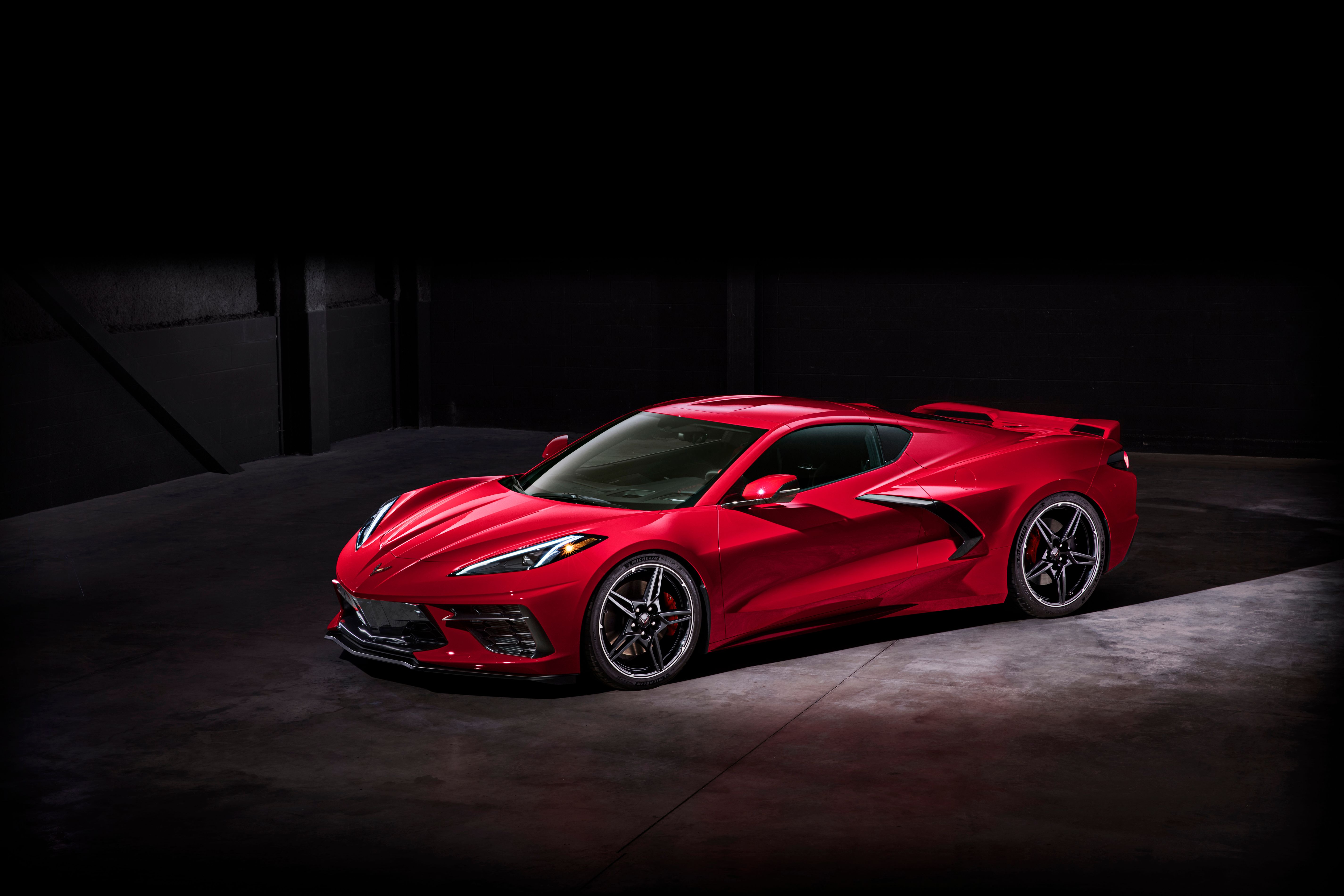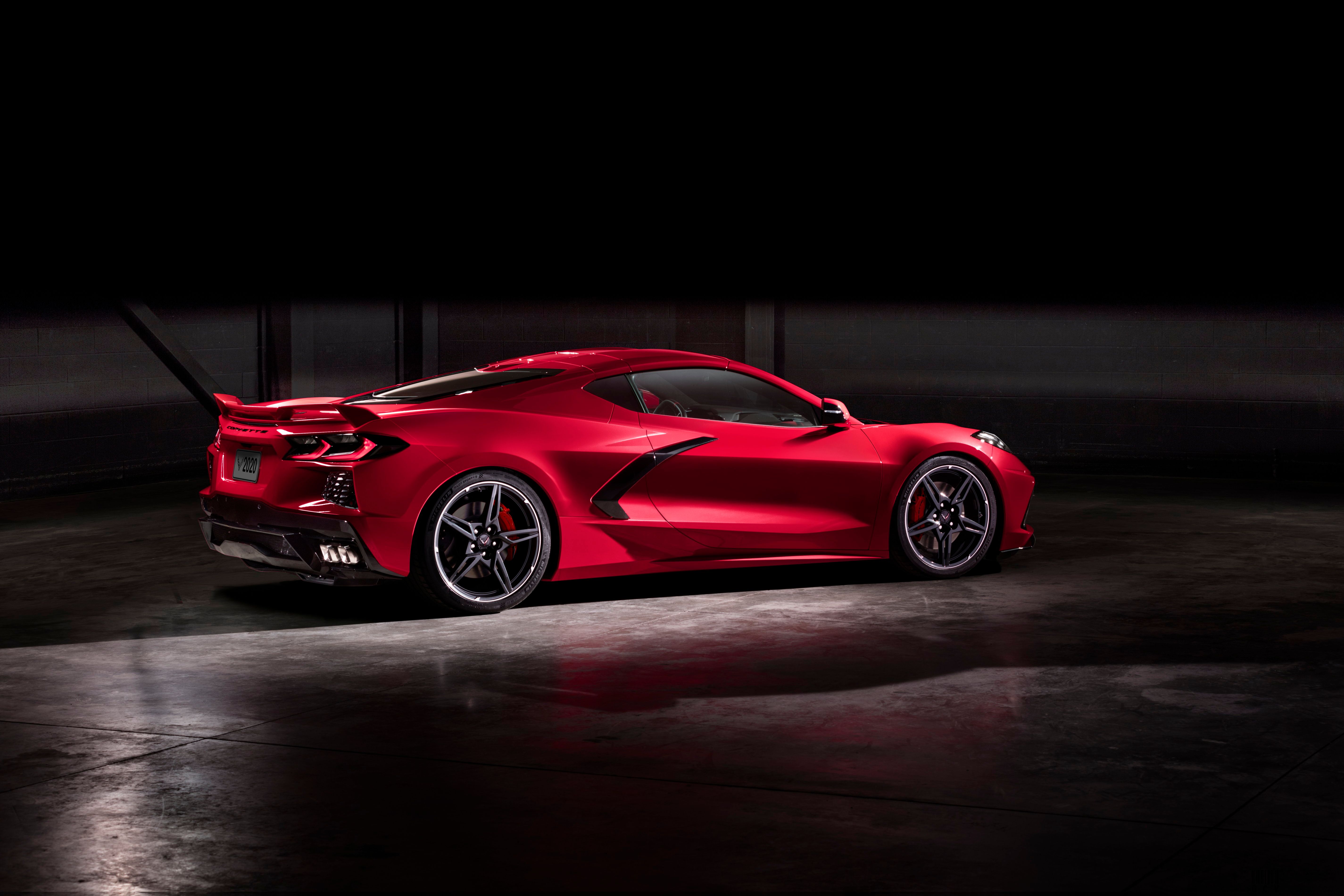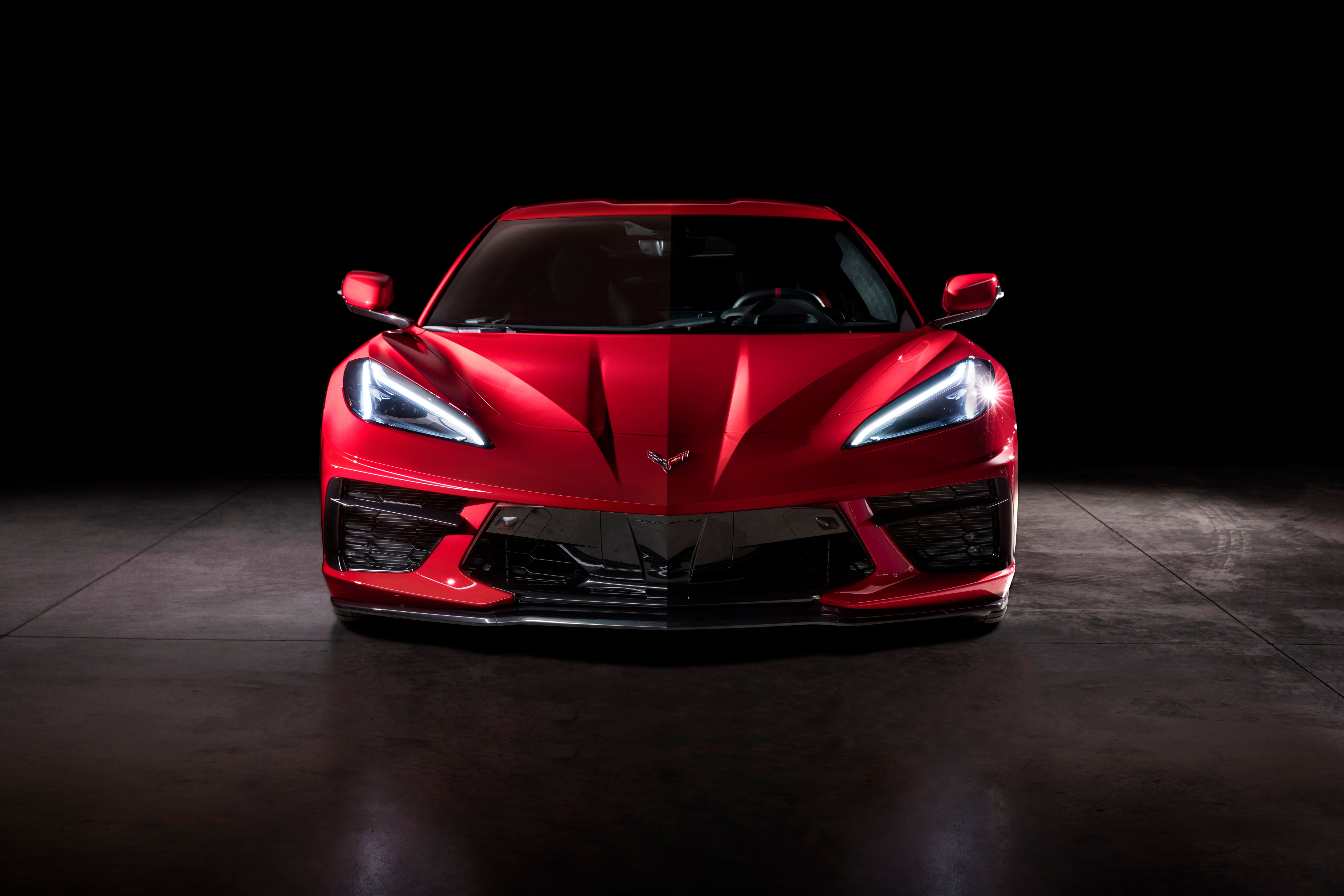If you’re waiting for an all new 2020 Chevy C8 Corvette, it’s only natural that you’re wondering when your allocation is going to come up. And, with production just now kicking off, it’s easy to wonder whether yours will be considered a 2020 or a 2021 model (and what pricing implications that will have on your bottom line.) I’m sure some of you have plenty of other questions too and now, thanks to Mike Furman – one of the most famous Corvette salesman in the world – we have some answers. Keep reading for a full update on the Chevy C8 Corvette and what’s going on behind the scenes.
Chevy Isn’t Producing C8’s Slated for Customer Delivery Yet
One of the most important things we’ve learned from Mr. Furman’s latest e-mail update is that Chevy’s Bowling Green Assembly Plant is exclusively producing C8 Corvettes, but none of them are going to make it into customer's hands. According to Furman, all of the C8’s produced so far and those produced through the end of January, are all “captured test vehicles.” Now, no clarification beyond that was mentioned, but in most cases, these are the vehicles used to fine-tune the production process, make sure everything lines up the way it should, etc. Chevy could have other uses for these vehicles, but usually, they are destroyed or recycled once their purpose has passed.
If Your Allocation Comes After the 2021 Model Year Switch, You’ll Probably Pay More
We all know that the initial 2020 models will be cheaper than subsequent model years, however, the difference in cost between the 2020 and 2021 models has yet to be revealed. In his latest E-mail, Mike Furman raised a very important point.
C8 Corvette Production For Customer Cars Starts in the First Week of February
If you’re lucky enough to have one of the first customer car allocations (you’re probably not,) you could be riding around in your new Vette very soon.
Chevy Is Limited Engine Torque for 500 Miles Because you Can’t Follow Instructions
When news about Chevy reducing torque in the C8 Corvette during the break-in period hit the net, some people lost their minds. Well, there’s a damn good reason that Chevy has to do it, and it boils down to the fact that people just don’t honor the break-in period as they should. As quoted on Mid-Engine Corvette Forum it has to do with ensuring that the break-in period is honored and, while torque will be reduced by 25-30 percent for around 500 miles, it doesn’t really affect performance that much:
“For the 8th generation Corvette, we have taken it a step farther. With more weight on the rear, the car has more traction and we take advantage of that with more aggressive gearing. That translates into more torque multiplication and more loads in the driveline. We decided for the first 500 miles to limit maximum torque in first and second gears. The torque reduction is roughly 25 to 30% depending on which transaxle (standard or Z51) and which gear. That may sound like a big reduction, but in reality the car is still really fast.”
Check out the link above if you want to read the full explanation, but the basic principle is that this is done to make sure the engine’s components wear properly during break-in and, ultimately, helps ensure the longevity of the engine. Apparently, Chevy is still going to ask customers to take it easy on the car during the break-in period too, so do yourself a favor and don't get into it until you pass the golden 500-mile mark.
Jay Leno Was the First Non-GM-Employee to Drive the 2020 Chevy C8 Crovette Convertible Z51
Enjoy the Chevy C8 Corvette Exhaust Compilation from Drive615






